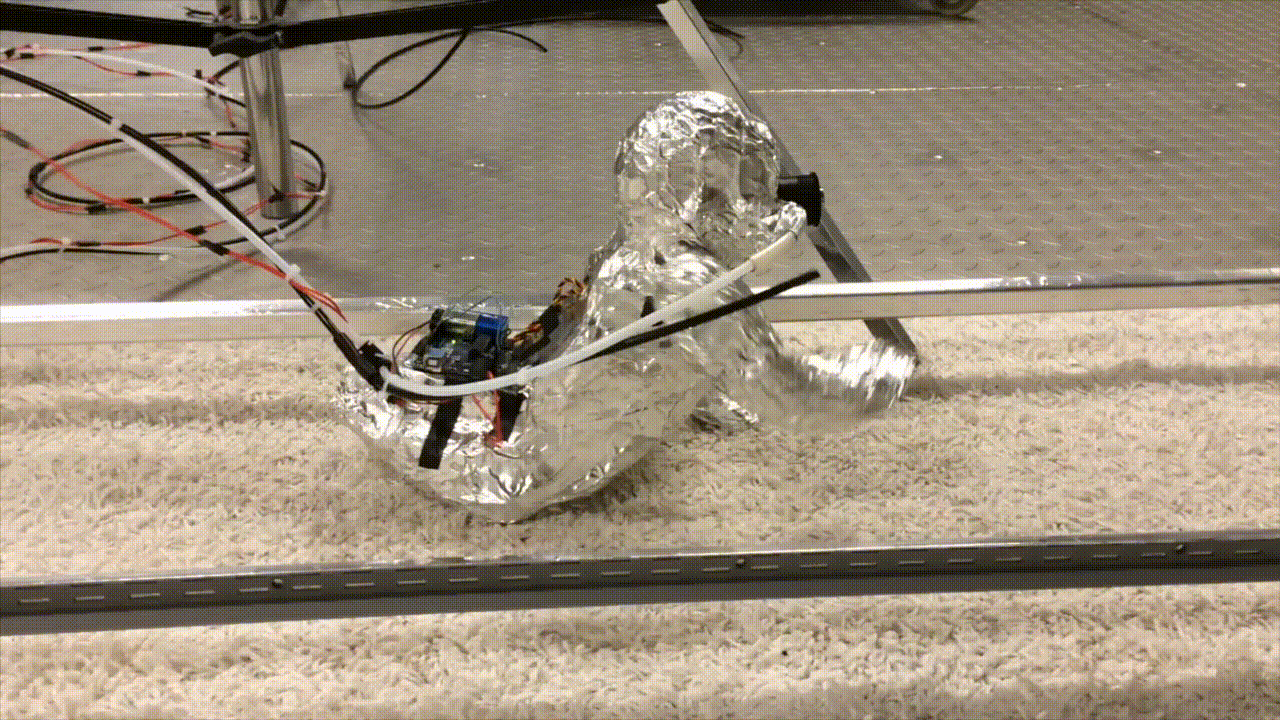The science behind this illusion and how the visual confuses your brain
What do you get when a psychology researcher and a visual artist collaborate? You get a visual illusion that boggles the brain, literally.
When you look at the “scintillating starburst” below, do you see it? Do you see shimmering rays emanating from the center? Well, your brain is tricking you. They aren’t there!
According to CNET, “The “Scintillating Starburst” is a cleverly arranged collection of star polygons created by visual artist Michael Karlovich of Recursia Studios and New York University psychology researcher Pascal Wallisch.”
“The research illustrates how the brain ‘connects the dots’ to create a subjective reality in what we see, highlighting the constructive nature of perception,” Pascal Wallisch explains in the NYU news release.
“Studying illusions can be helpful in understanding visual processing because they allow us to distinguish the mere sensation of physical object properties from the perceptual experience,” Michael Karlovich added in the NYU news release.
The paper, Scintillating Starbursts: Concentric Star Polygons Induce Illusory Ray Patterns, was published in the journal i-Perception.
(Video credit: Michael Karlovich/Recursia LLC)
What causes the shimmer?
The pattern creates a fleeting visual effect where lines diagonally connect the intersection points of the star polygons. The fleeting effect is unlike other documented optical illusions. By testing the responses to 162 patterns by 122 study participants, the researchers discovered that factors such as line width, number of vertices, and contrast all affect the perception of beams.
In his blog post, Wallisch describes the science behind the illusion: “The black concentric “wreaths” (technically pairs of scaled star polygons) are all uniformly colored, but the part of our visual system that processes information from the periphery sees the intersection points as brighter than the rest of the wreath. As these “beacons” of brightness are aligned in linear fashion (along a ray projecting from the center), we believe the brain is connecting the dots accordingly, which is why most people see these illusory rays. What makes them shimmer or scintillate is the fact that another part of the visual system (that which processes information at the center of gaze) does not see the intersection points as brighter, but rather as they actually are. Thus, these rays will be fleeting due to the dynamic interplay between these two systems.”
Creating the starburst and analyze the responses
The team used MATLAB® to construct the starbursts. The researchers started with a regular heptagon, shown in Figure A below. Figure B, referred to as a braid, was created by adding a second, identical heptagon rotated by 25.71 degrees (π/7 radians) so that the faces of the two heptagons bisect each other forming a star polygon. Figure C was created by adding a scaled version (89.95%) of the heptagon in A to itself. Figure D was created by adding a second, scaled braid. Figure C depicts a pair of strands, whereas D depicts a wreath. The image in Figure E was created by adding another pair of scaled-down (66%) strands to C. The image in F was similarly created by adding another wreath to D, using the same scale factor. Finally, Figures G and H were created by adding an additional wreath using the same scale factor so that these images are featuring three pairs of strands and wreaths, respectively.
(Image credit: Michael Karlovich/Recursia LLC)Additionally, the researchers used MATLAB to analyze the data, which includes the reported ray strength observed by the study participants. The data included responses to 162 unique stimulus patterns. The table below summarizes the reported ray strength evoked by all 162 stimuli. Red indicates striking rays, where blue indicates that no rays were observed.
The bigger the contrast, the better
According to Futurity, the researchers found that several factors influenced the study participants’ perception of the beams. “In particular, a large number of prominent intersection points leads to stronger and more vivid rays, as there are more cues to indicate the implied lines,” observed Wallisch.
But what about color?
Check out the video below to see scintillating starbursts in color.
(Video credit: Michael Karlovich, Recursia LLC)












コメント
コメントを残すには、ここ をクリックして MathWorks アカウントにサインインするか新しい MathWorks アカウントを作成します。